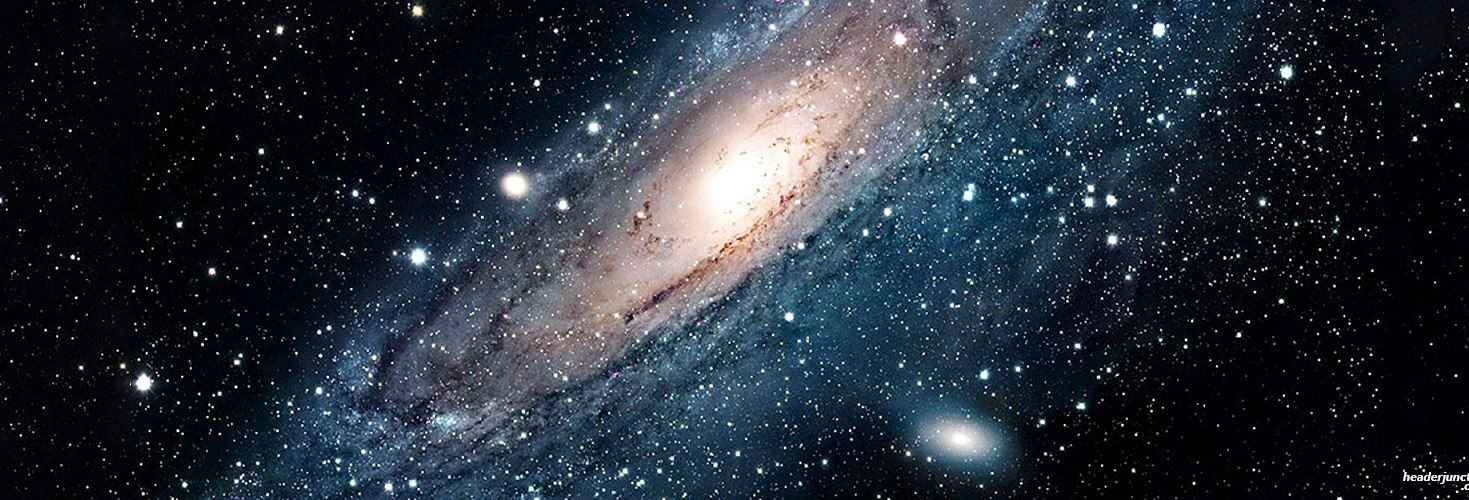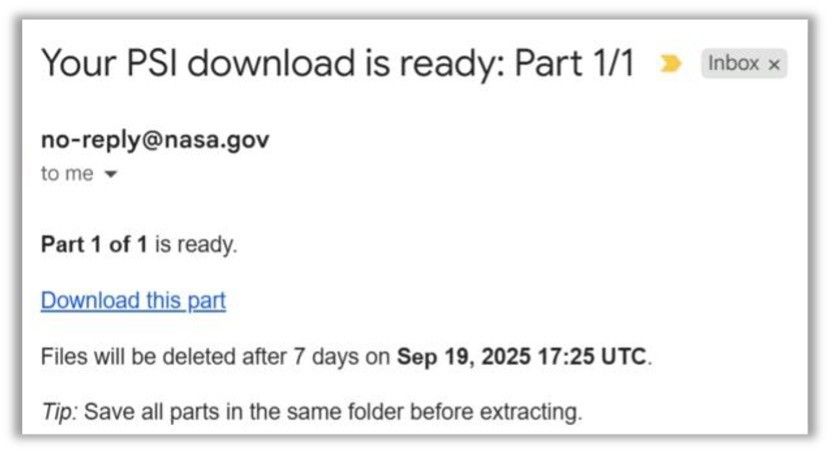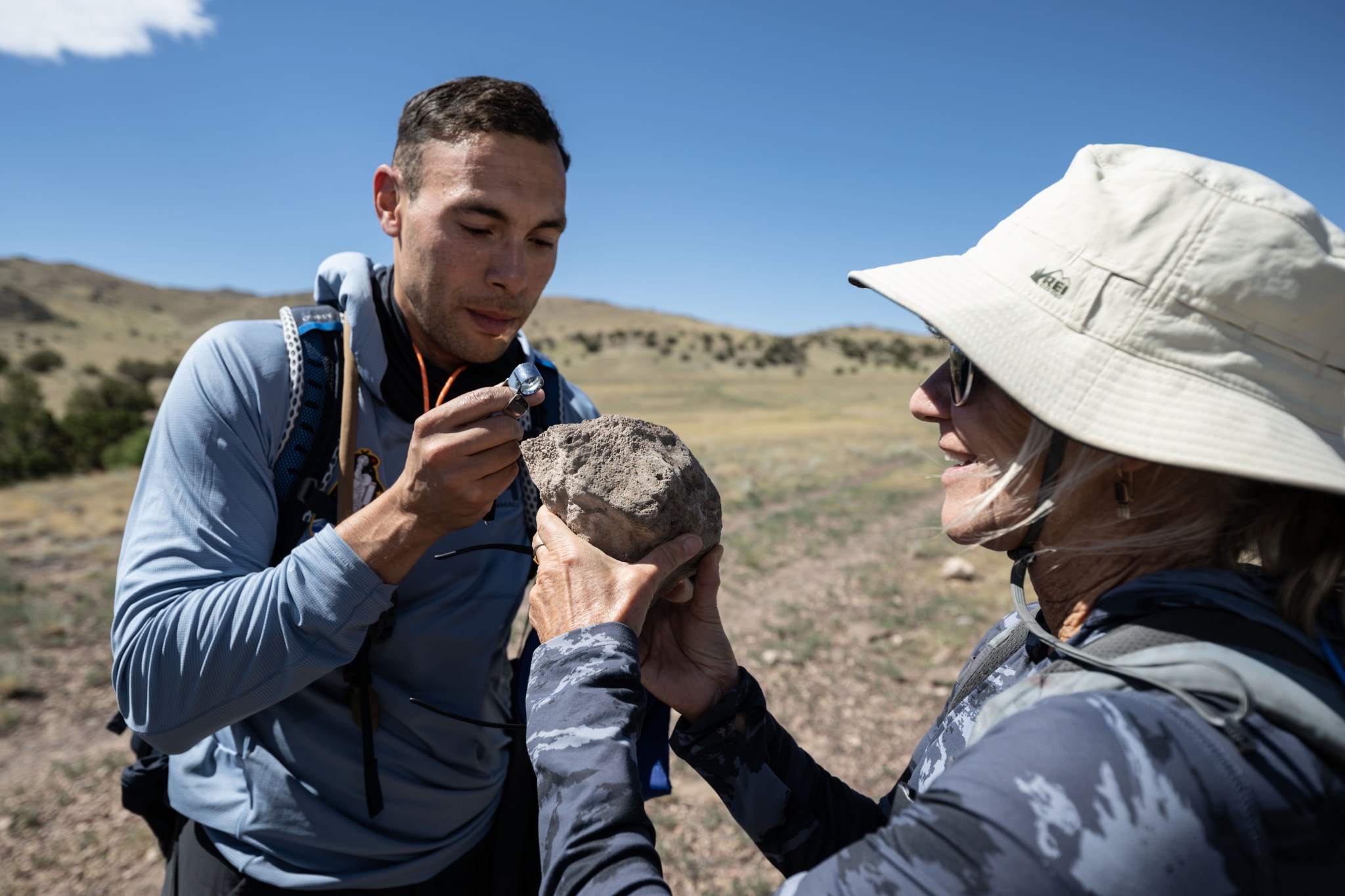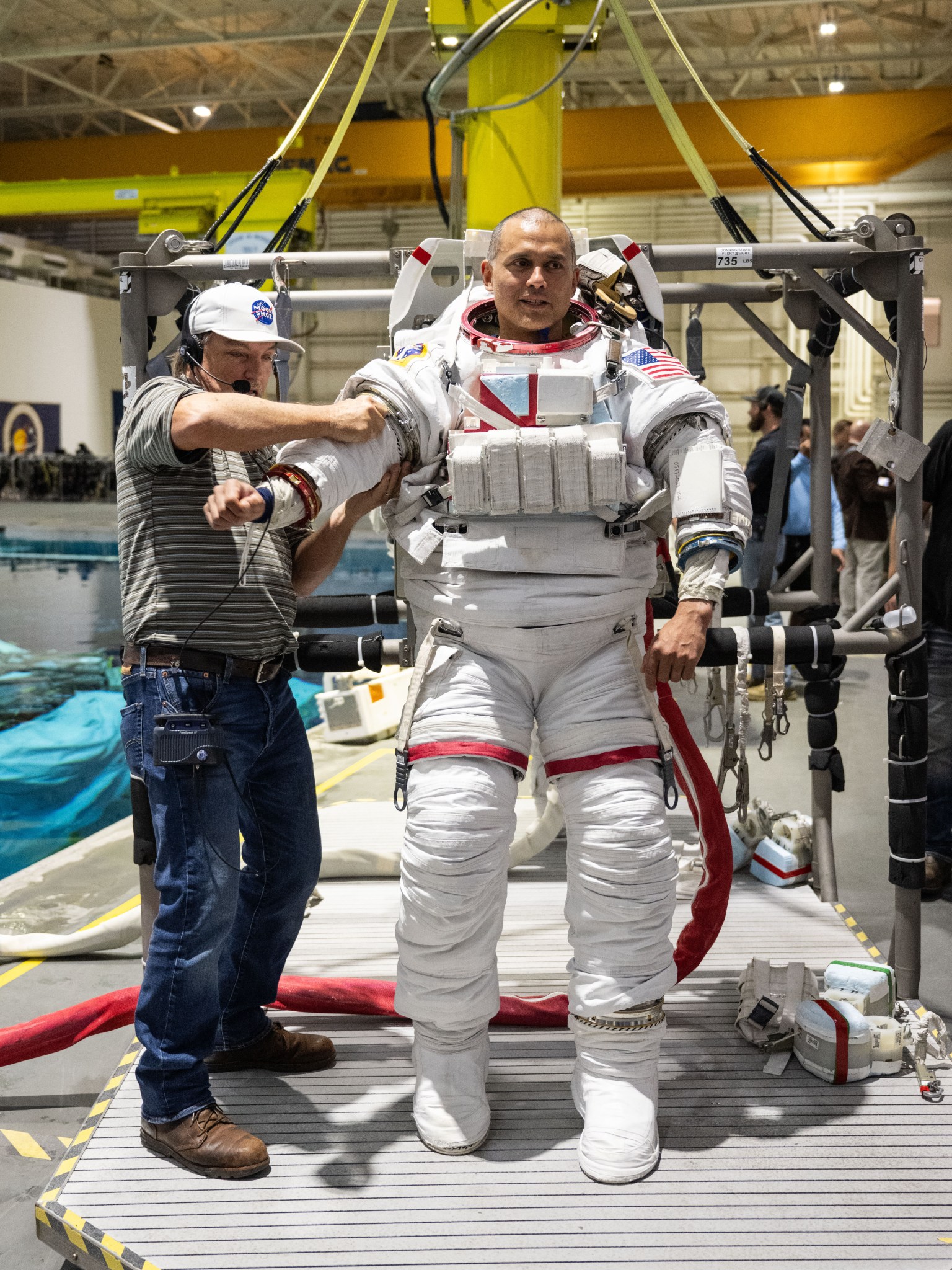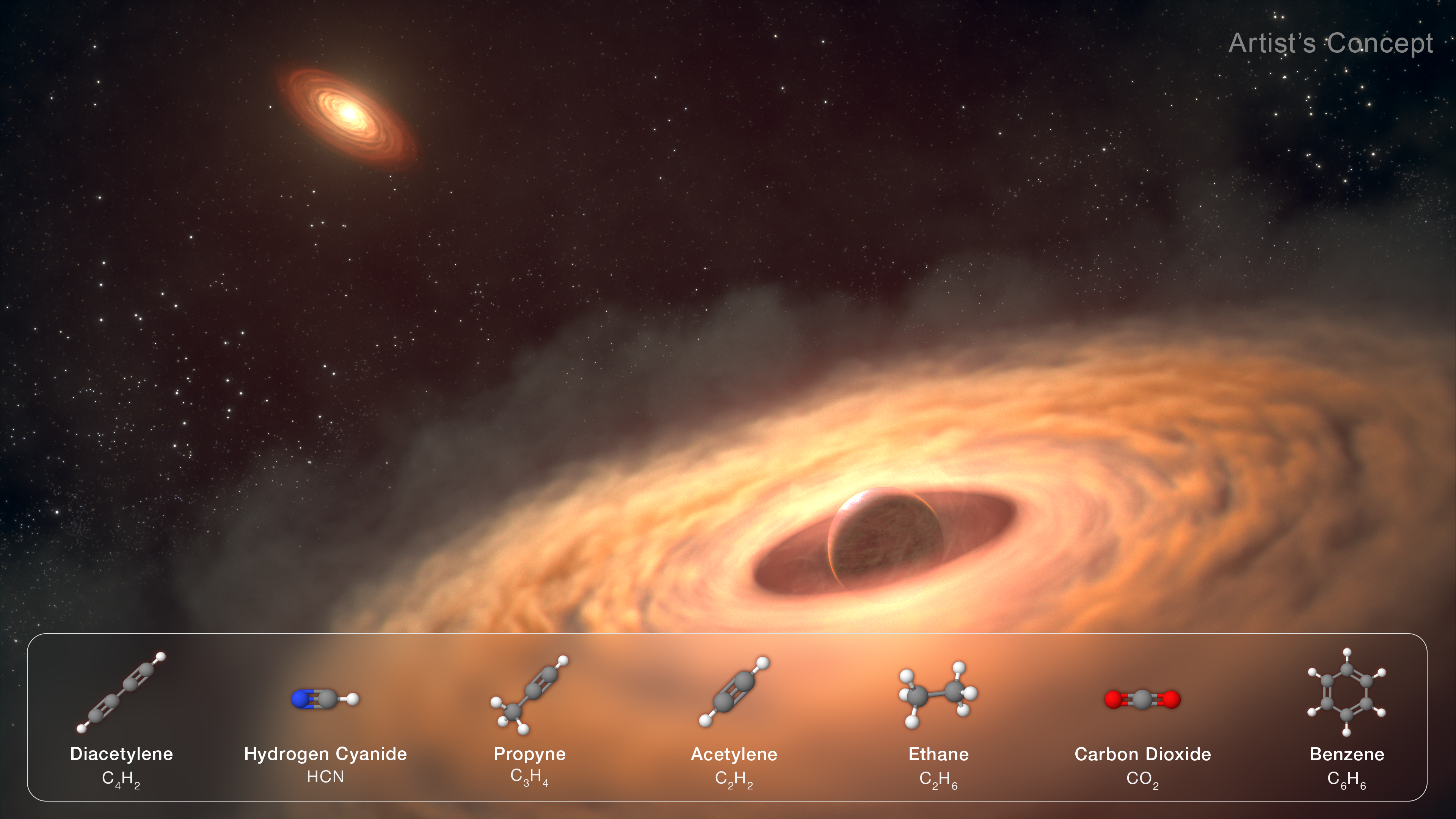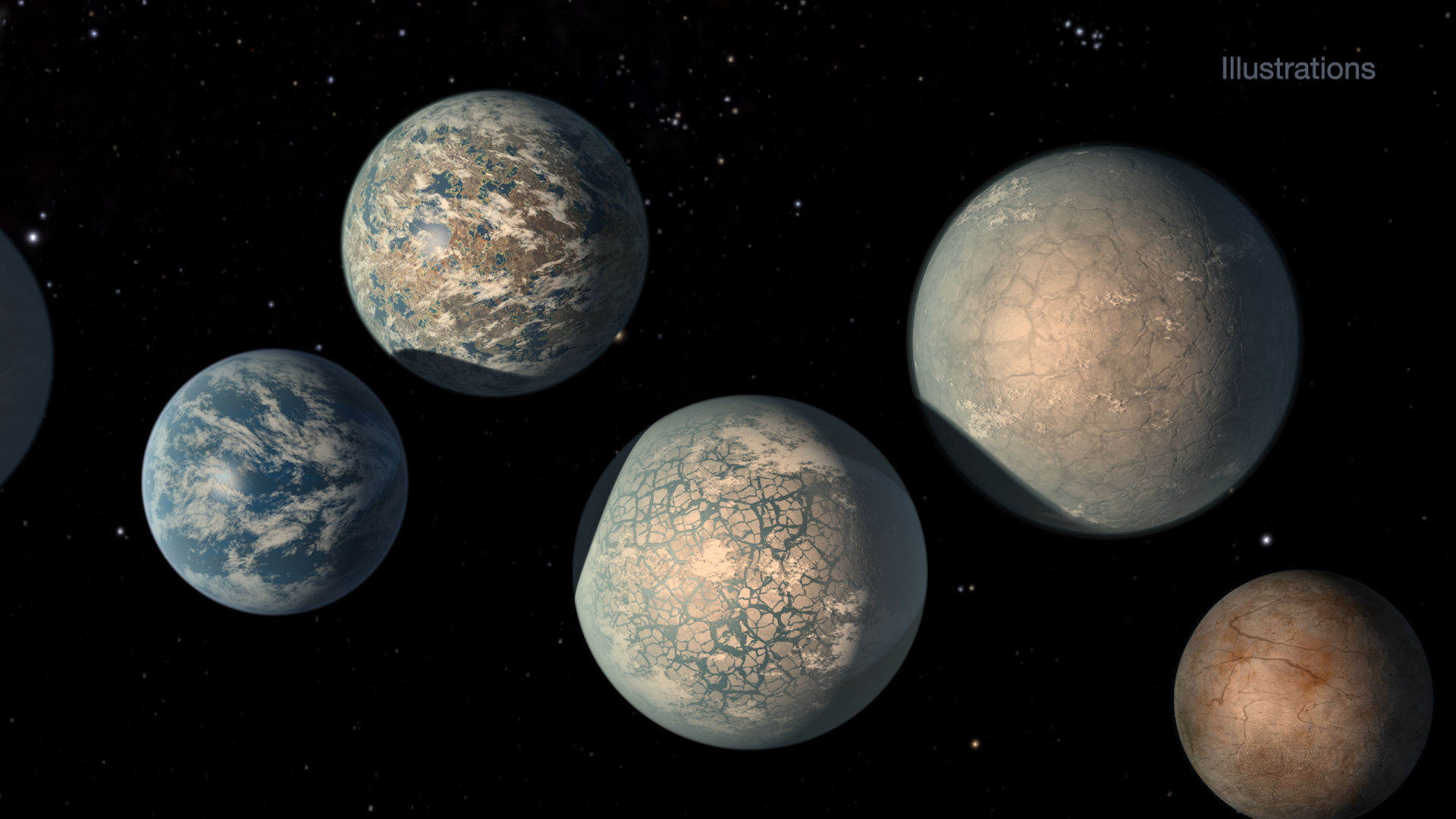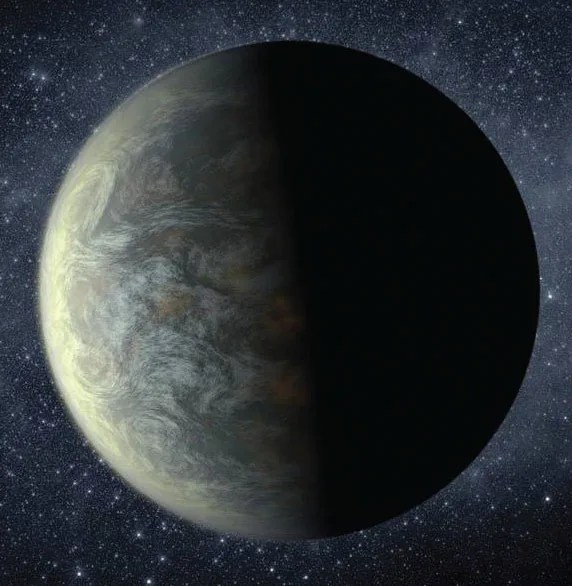Crew Begins Week Configuring Advanced Physics, Space Tech Demo Hardware
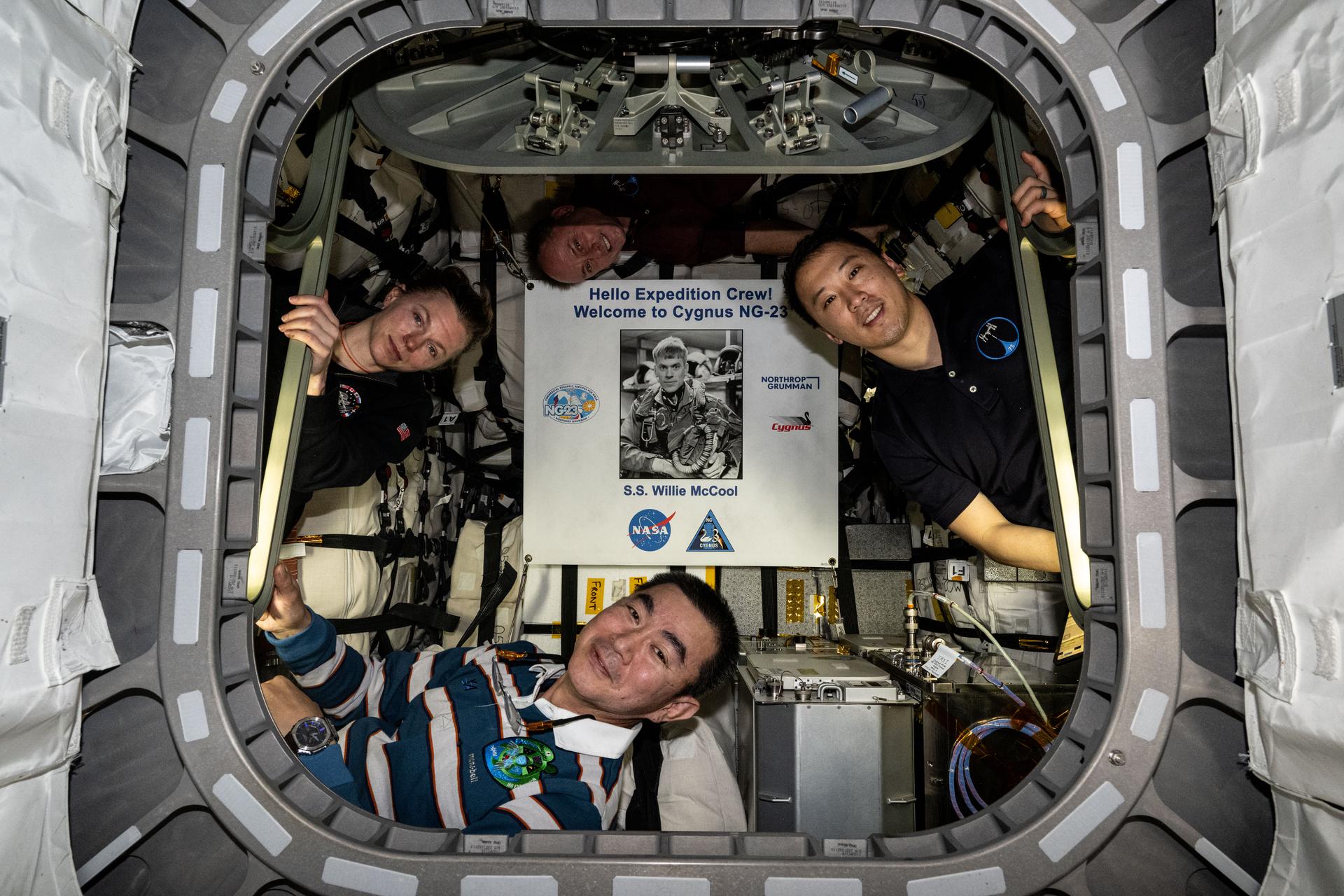
Science hardware was the focus on Monday as the Expedition 73 crew configured foam and material physics research gear and installed a space technology demonstration. Meanwhile, blood circulation studies and cargo operations rounded out the day aboard the International Space Station.
NASA Flight Engineers Mike Fincke and Jonny Kim kicked off their day in the Columbus laboratory module gathering hardware, swapping power cables, and installing foam coarsening samples inside the Fluid Science Laboratory. The investigation may advance applications for Earth and space industries such as food, medicine, firefighting, and more.
Fincke then moved into the Tranquility module and installed the Voyager Flytrap tech demo inside the NanoRacks Bishop airlock. Flytrap will test an inflatable capture bag that could be used to capture orbital debris or sample containers returning from Moon and Mars missions. Flytrap may also promote space mining techniques on small asteroids. The bag will demonstrate its ability to deploy, inflate, and secure space objects while remaining airtight in microgravity.
Kim then took over the NanoRacks airlock operations with NASA Flight Engineer Zena Cardman and configured Bishop for the upcoming Flytrap experiment. Afterward, Cardman closed Bishop’s hatch and depressurized the airlock. Earlier in her shift, Cardman checked out the seating configuration inside the SpaceX Dragon crew spacecraft as part of standard emergency preparations.
JAXA (Japan Aerospace Exploration Agency) Flight Engineer Kimiya Yui began his shift in the Kibo laboratory module configuring cables and swapping sample hardware inside the Electrostatic Levitation Furnace. The experimental research device uses lasers to safely heat materials to ultra-high temperatures as sensors and cameras measure thermophysical properties difficult to obtain in Earth’s gravity. Yui then moved to the Harmony module and installed a power supply for a spacecraft humidity removal investigation then continued unpacking science and supplies packed in the Cygnus XL cargo craft.
Station Commander Sergey Ryzhikov and Flight Engineer Alexey Zubritsky took turns on Monday wearing specialized cuffs measuring how blood circulates through a cosmonaut’s arm, wrist, and fingers for a Roscosmos circulatory system investigation. Ryzhikov also inspected docking module hatch seals and cleaned vent fans. Zubritsky joined Roscosmos Flight Engineer Oleg Platonov and installed a docking mechanism on the Poisk module where the Progress 92 resupply ship is docked. Platonov later took a fitness test on the Zvezda service module’s treadmill then worked on ventilation system maintenance in the Nauka science module.
Learn more about station activities by following the space station blog, @space_station on X, as well as the ISS Facebook and ISS Instagram accounts.
Get the latest from NASA delivered every week. Subscribe here.
Powered by WPeMatico
Mark A. Garcia
